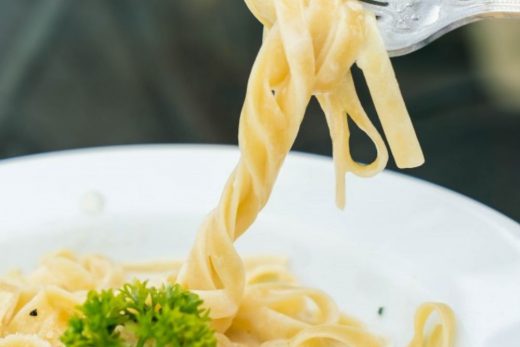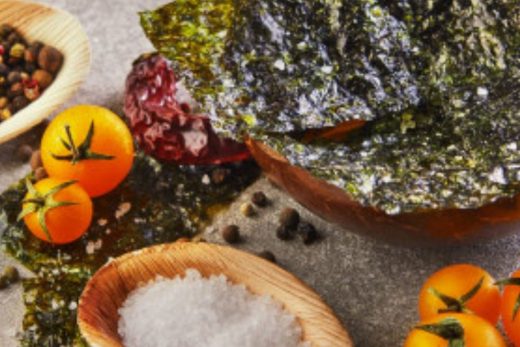The Results: Aquafaba With Baking Soda
a test of aquafaba mixed with baking soda baked into a meringue
Saponins form stable foams at an alkaline pH, so I assumed adding baking soda to aquafaba and aerating it would produce a very stable foam. I was wrong: after emulsifying the aquafaba, the foam lost its volume at room temperature within an hour; when it was baked, the foam fell apart. (This batch of meringues, unlike any of the others, also stuck to the parchment paper I’d lined the baking sheet with, and wouldn’t come off.)
A second consequence of using baking soda is that the resulting meringues look and taste a little odd; they both take on more color and have a “toasty” flavor, both of which are undesirable in meringues. The alkaline pH produced by baking soda accelerates the caramelization (a complex set of reactions that involve sugars) and the Maillard reactions (a complex series of reactions that involve the amino acids of proteins and certain sugars called reducing sugars).
Overall, the effect of baking soda on aquafaba meringues seemed to suggest that saponins might play a smaller role in the formation of aquafaba-based foams than the proteins albumin and globulin.





